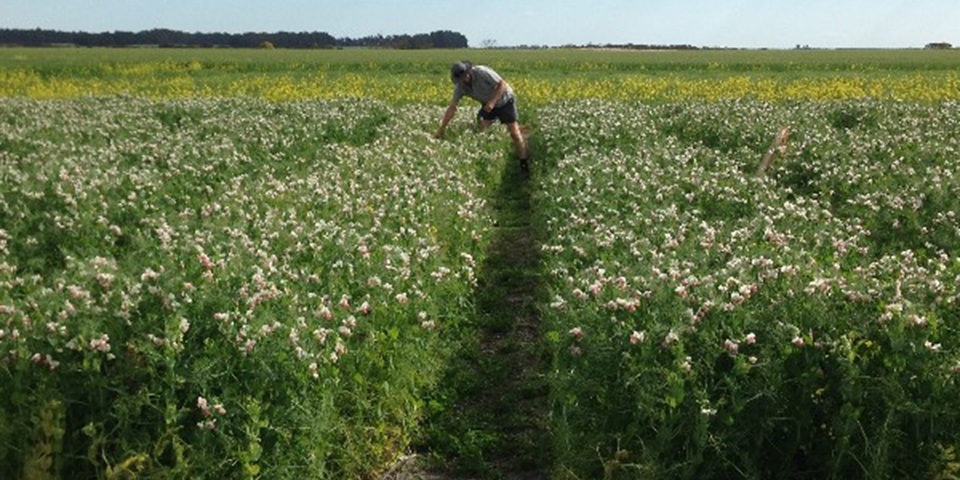Banking critical soil bacteria for sustainable farming

Murdoch’s International Legume Inoculant Genebank is preserving national and international rhizobial collections to benefit inoculant manufacturers, researchers and growers.
What was the need for this project?
Rhizobia are soil bacteria unique in their ability to “fix” atmospheric nitrogen into plant-available nitrogen via their symbiotic association with legumes. In agricultural crop rotations, when legumes are inoculated with elite rhizobial strains, nitrogen demands of the legume and subsequent cereal crops can be met, without requiring artificial fertilisers.
Australia has one of the most well-developed rhizobia identification and inoculant selection programs in the world. Applying rhizobial inoculants to legume crops saves the agricultural industry ~$4 billion each year in applied nitrogen costs.
Critical to this program’s success is a genebank of rhizobia strains where stakeholders can source rhizobial genetic material. Collection of the strains currently held at Murdoch began in the 1950s. Many of these strains are irreplaceable as some may no longer exist in nature and present-day restrictions limit collection and importation of biological materials. Access to original source locations may also be restricted due to conflict and political instability.
How the project was completed
Through a $1.55 million grant from the Grains Research and Development Corporation (GRDC), rhizobial collections will be now curated in the new International Legume Inoculant Genebank (ILIG) storage facility at Murdoch, completed in 2020.
The facility can store 31,104 strains in ~310,000 ampoules, with a -80⁰ degree freezer storing an additional 20,000 strains. In conjunction, a highly functional and user-friendly online catalogue has been developed allowing stakeholders access to strains and associated data to assist with developing pulse and pasture legume selection programs.
Since the 1950’s, many hundreds of rhizobia strains have been released as inoculants for a range of legumes across the country. However, little genetic data is available on the commercial inoculant strains and almost no genetic data on the large array of historical inoculant strains. A six-step pipeline for inoculant genome sequencing has been established and implemented using a MinION sequencing device from Oxford Nanopore Technologies.
Results and achievements for this project
A stocktake of the strain collection shows there are 11,460 strains of rhizobia from 33 national and international sources stored in 56,424 ampoules. The strains have been collected from 59 countries, representing 103 species of rhizobia isolated from 531 species of legume.
Using the MinION sequencing device, six commercial inoculants have successfully been sequenced, with supplementary sequencing steps to polish the genome assemblies currently underway.
The ILIG is contributing significantly to two large national research projects also funded by GRDC, with one aimed at developing new annual pasture legume species for medium-to-low rainfall areas of southern Australia, and the other screening elite strains of rhizobia for lentils, field pea, chickpea and vetch.
The research project runs until June 2024.